
Filter News
Area of Research
- (-) Supercomputing (90)
- Advanced Manufacturing (5)
- Biological Systems (3)
- Biology and Environment (63)
- Building Technologies (1)
- Clean Energy (104)
- Climate and Environmental Systems (1)
- Computational Engineering (1)
- Computer Science (2)
- Data (1)
- Electricity and Smart Grid (1)
- Energy Sciences (1)
- Fossil Energy (1)
- Fuel Cycle Science and Technology (1)
- Fusion and Fission (19)
- Fusion Energy (3)
- Isotope Development and Production (2)
- Isotopes (15)
- Materials (97)
- Materials Characterization (2)
- Materials Under Extremes (1)
- National Security (26)
- Neutron Science (49)
- Nuclear Science and Technology (8)
- Sensors and Controls (1)
- Transportation Systems (1)
News Topics
- Artificial Intelligence (14)
- Big Data (4)
- Bioenergy (2)
- Biology (4)
- Biomedical (2)
- Biotechnology (2)
- Chemical Sciences (1)
- Climate Change (9)
- Computer Science (13)
- Coronavirus (1)
- Critical Materials (1)
- Cybersecurity (2)
- Decarbonization (2)
- Energy Storage (1)
- Environment (6)
- Exascale Computing (12)
- Frontier (15)
- High-Performance Computing (18)
- Machine Learning (4)
- Materials (5)
- Microscopy (1)
- Nanotechnology (2)
- National Security (3)
- Net Zero (1)
- Neutron Science (1)
- Nuclear Energy (1)
- Physics (1)
- Quantum Computing (7)
- Quantum Science (4)
- Security (1)
- Simulation (9)
- Software (1)
- Summit (6)
- Sustainable Energy (1)
- Transportation (1)
Media Contacts

ORNL staff members played prominent roles in reports that won one Distinction award and two Excellence awards in the 2022 Alliance Competition of the Society for Technical Communication. PSD's Karren More and Bruce Moyer participated.

A study by Oak Ridge National Laboratory researchers has demonstrated how satellites could enable more efficient, secure quantum networks.

Critical Materials Institute researchers at Oak Ridge National Laboratory and Arizona State University studied the mineral monazite, an important source of rare-earth elements, to enhance methods of recovering critical materials for energy, defense and manufacturing applications.

Deep neural networks—a form of artificial intelligence—have demonstrated mastery of tasks once thought uniquely human. Their triumphs have ranged from identifying animals in images, to recognizing human speech, to winning complex strategy games, among other su...
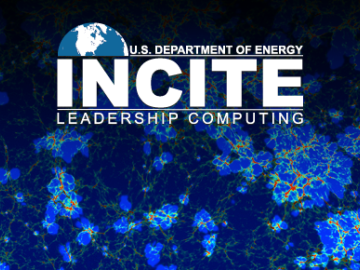
The U.S. Department of Energy’s Office of Science announced 55 projects with high potential for accelerating discovery through its Innovative and Novel Computational Impact on Theory and Experiment (INCITE) program. The projects will share 5.95 billion core-hours on t...
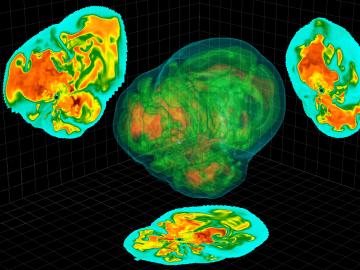
The Big Bang began the formation and organization of the matter that makes up ourselves and our world. Nearly 14 billion years later, nuclear physicists at the Department of Energy’s Oak Ridge National Laboratory (ORNL) and their partners are using America’s most powerful supercomp...

The field of “Big Data” has exploded in the blink of an eye, growing exponentially into almost every branch of science in just a few decades. Sectors such as energy, manufacturing, healthcare and many others depend on scalable data processing and analysis for continued in...
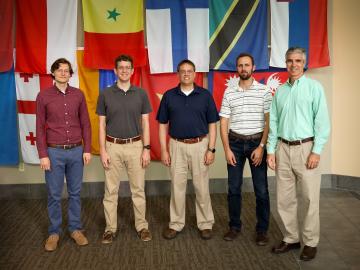
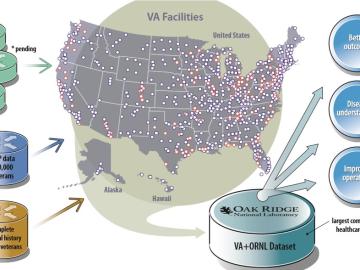
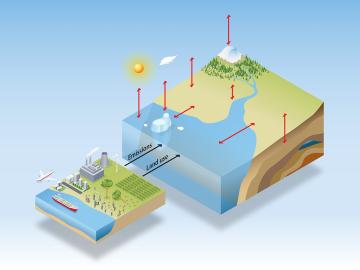
A new integrated computational model reduces uncertainty in climate predictions by bridging Earth systems with energy and economic models and large-scale human impact data. Co-developed by Oak Ridge National Laboratory, the novel integrated Earth system model, or iESM, leverages the power of supercomputers, including ORNL’s Titan, to couple biospheric feedbacks from oceans, atmosphere and land with human activity, such as fossil fuel emissions, agriculture and land use.


